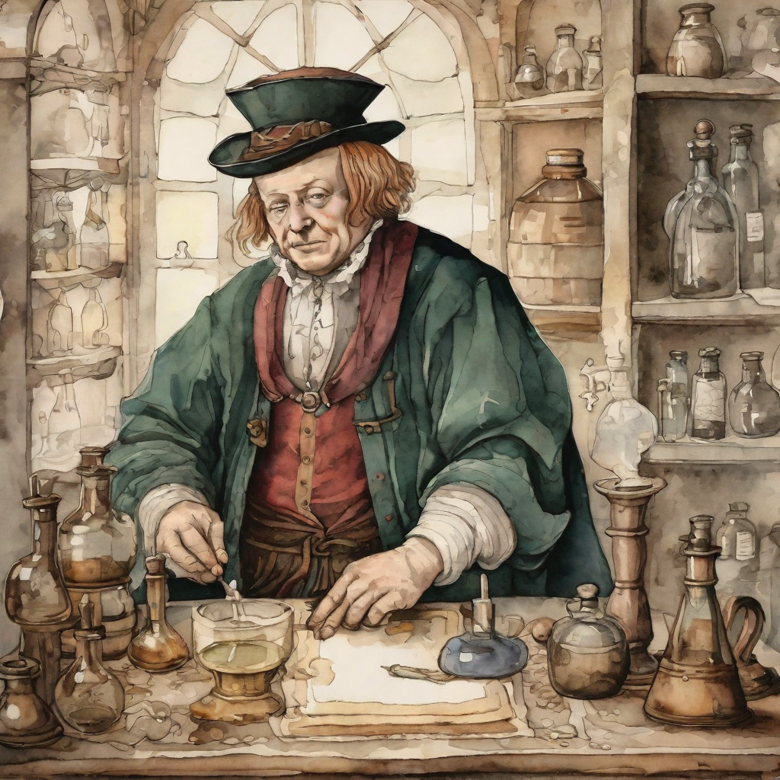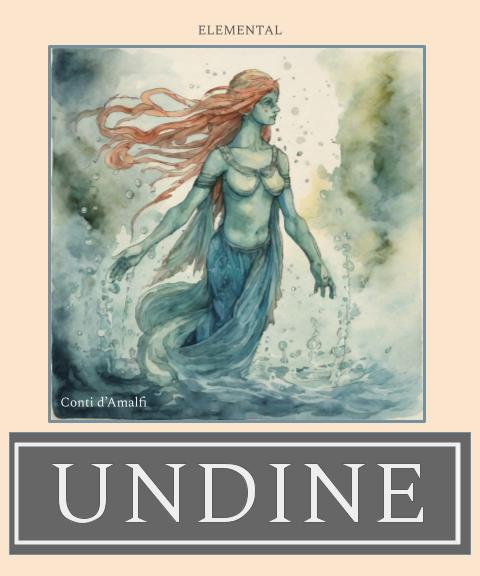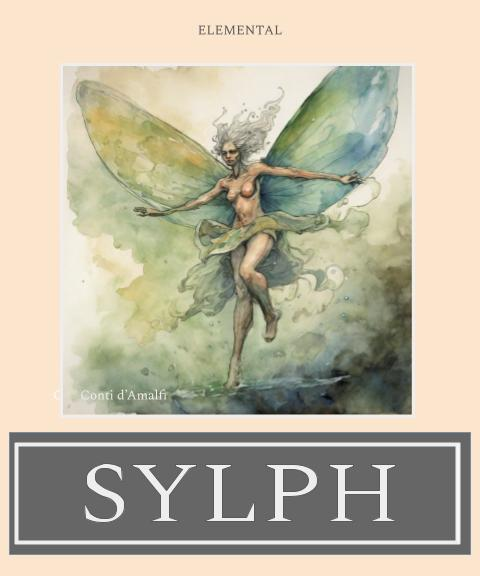
Paracelsus, born Philippus Aureolus Theophrastus Bombastus von Hohenheim in 1493, was a Swiss physician, alchemist, and astrologer who made significant contributions to the field of medicine and the understanding of natural phenomena. He is often credited with popularizing the image of gnomes through his writings during the Renaissance.
Paracelsus believed in the existence of elemental beings associated with the Earth, which he referred to as "elementals." These elementals included gnomes, along with other creatures such as undines (water elementals), sylphs (air elementals), and salamanders (fire elementals). Paracelsus considered these beings to be part of the spiritual hierarchy of creation and believed they played a role in the balance of nature.
According to Paracelsus, gnomes were small, earth-dwelling creatures associated with the element of Earth. He described them as having a physical form, but also possessing a mystical nature. Paracelsus believed that gnomes had a deep understanding of the Earth and its hidden secrets. They were considered to be guardians of treasure and mines, and were believed to possess knowledge of alchemical processes and the medicinal properties of plants.
Paracelsus wrote extensively about elemental beings in his works, delving into their nature, characteristics, and roles in the natural world. In addition to gnomes, he discussed other elemental entities such as undines, sylphs, and salamanders.

Here's a brief overview of his writings on these beings:
Undines: Paracelsus described undines as water elementals. He believed they inhabited bodies of water such as rivers, lakes, and oceans. Undines were associated with emotions, love, and the realm of the subconscious. Paracelsus considered them to be graceful and beautiful beings, often depicted as female. He believed they held a deep connection with water and possessed the ability to influence its properties.

Sylphs were air elementals according to Paracelsus. He described them as ethereal beings that resided in the atmosphere. Sylphs were associated with the mind, intellect, and the realm of thoughts and ideas. Paracelsus believed they had the power to manipulate air and were responsible for phenomena such as storms and gusts of wind. Sylphs were often depicted as delicate and airy creatures.

Salamanders were the fire elementals discussed by Paracelsus. He believed they dwelled within flames, volcanoes, and areas of intense heat. Salamanders were associated with the realm of energy, transformation, and passion. Paracelsus considered them to be resilient and powerful beings, capable of withstanding and controlling fire.

Comments
Post a Comment